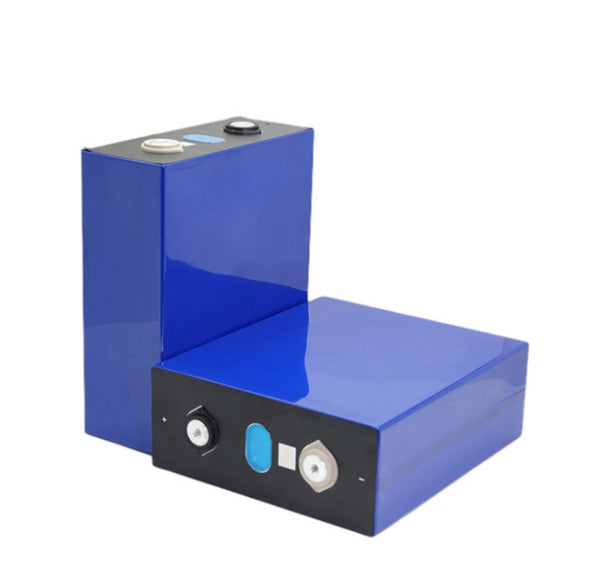2. Look at the appearance. The fullness of the appearance, such as the general lithium-ion battery of about 2000mAh, is relatively large. The workmanship is more delicate or the packaging is more plump.
3. Look at the hardness. The middle part of the lithium-ion battery can be squeezed lightly or moderately by hand. The hardness is moderate, and there is no soft squeezing feeling, which proves that the lithium battery is a relatively high-quality battery.
4. Look at the weight. Remove the outer packaging to see if the weight of the battery is relatively heavy. If it is heavy, it is a high-quality battery.
5. During the charging process of the lithium-ion battery, if the two poles of the battery are not hot after continuous discharge for about 10 minutes, it proves that the battery protection board system is perfect. Generally, the quality of lithium-ion batteries with high-quality protection boards is better than that of ordinary lithium-ion batteries.
The important reasons for errors in testing are:
1. The discharge time (actual 266 minutes) is slightly less than the 5 hours stipulated by the national standard, that is, the discharge current is slightly larger. Considering the internal resistance of the battery, the test result will be slightly smaller.

3. The accuracy of the ammeter is lower than the national standard requirements (should be ≤ 0.5 grade accuracy)
4. The battery charging method is slightly different from the national standard requirements (the national standard requires that the charging time should not exceed 8 hours), but it meets the maximum capacity conditions of the battery in use.

